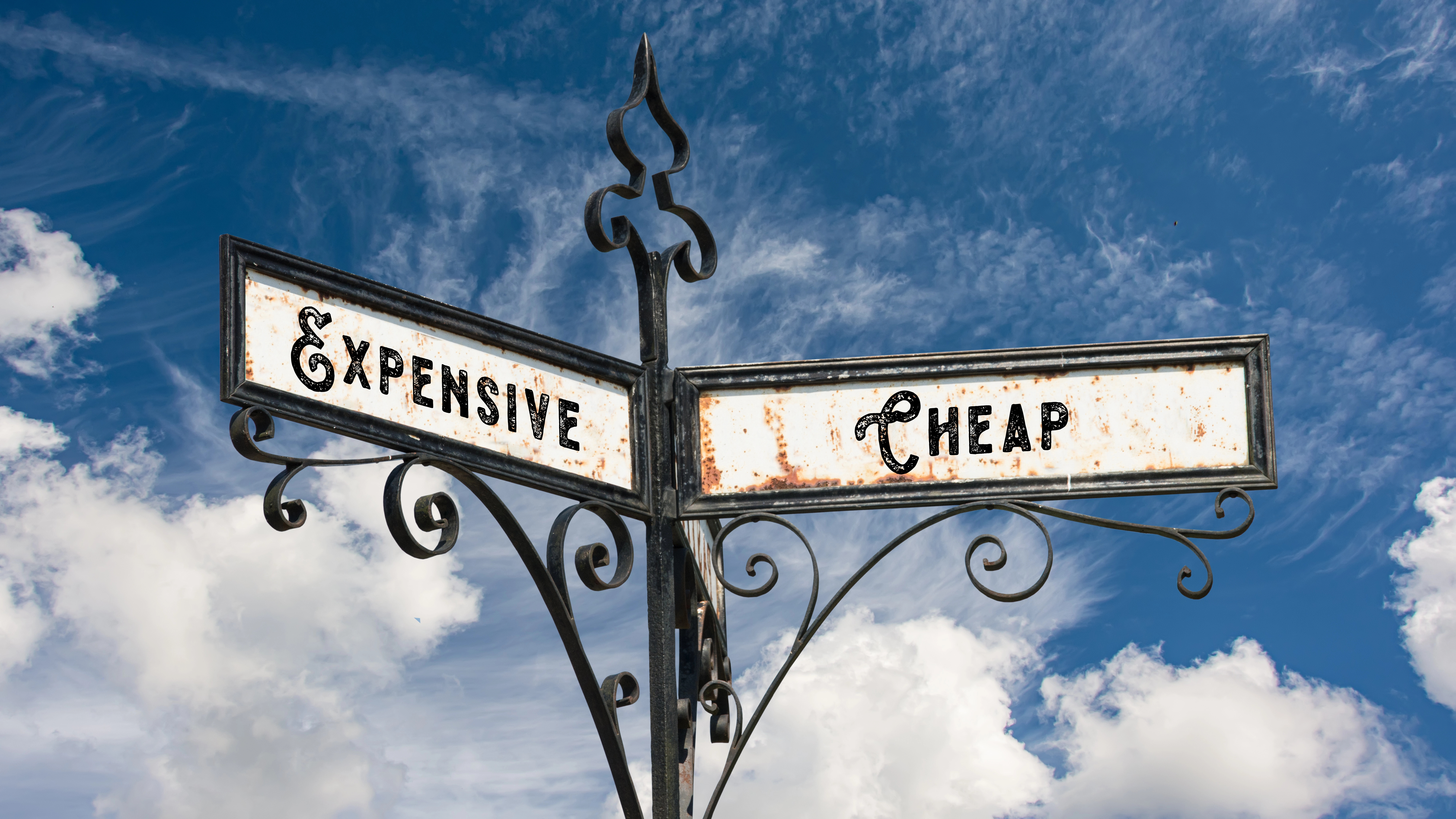Until the iPod, Apple was the leading computer hardware innovator for over 20 years, yet time after time they lost out market share to other companies. Why?
Fast Company Magazine printed an article in January 2004 about Steve Jobs and Apple. Now, I’m a long-time Apple fan – my first Apple was a II+ back in 1981- 64k RAM, no hard drive, and a 300 baud modem where you watched the letters come on-screen o-n-e- -a-t- -a- -t-i-m-e. The article spoke about Apple as an extraordinary product innovator who is struggling to maintain even 5% of the market share.
Apple has consistently produced superior products, and often the first products in a category, and extremely well-designed. However, all of their creativity went into product design, and not into their business model. And neglect of their business model has gotten them muscled out of the lion’s share of markets they created. How painful. (Violins.)
Business model? What the heck is that?
A business model is how you structure your business to be profitable and sustainable. For most of us, because “business model” sounds academic, we don’t know how to approach creating a “business model.” The truth is, you are already using a business model by default. For most of you, your business model is:
Service or Product = $
meaning that you provide a service or a product for money. Period. Your entire business is built on providing this service or product in order to get paid.
This doesn’t mean you don’t hold high ideals. You may have the biggest dreams about helping people, serving them, giving them the best. And yet, if your business model doesn’t reflect those ideals, you can’t get past Service/Product (S/P) = $.
What’s wrong with this model? Well, first of all, it reduces your customers to money spigots. Basically you do S/P and they provide the money- just like a vending machine. With this kind of a model it’s easy to undercharge, it’s easy to lose confidence, and it’s easy to not create sustainable, repeatable business, because all of your activities, ideas and innovations eventually pass under the magnifying glass of trying to extract $ for S/P.
Pull back the lens.
You pull the lens back to see what’s really there. If you did, you might begin to see this:
Service/Product = Customer Results / Customer Satisfaction / Repeat Customer Business / Referrals
In other words, you create your service or product to get the customer not only what they want, but what you want for them. You craft it so that the customer is happy about working with you, you open up possibilities so that they want to continue to do business with you, and you make it easy and desirable for them to send more people to you.
This changes your focus from “what can I get for what I am offering?” to “what do I need in order to be able to deliver in those four areas?”
This need drives you to look back at yourself. You will need innovation, creativity, training, resources, support, time, quality, feedback, experience, etc. to really deliver effectively in results, satisfaction, repeat business and referrals.
Once you have identified these needs, you finally come back to the price.
Now the question isn’t “What do I get for what I am offering?” The question instead becomes “What amount will support my needs in order to deliver the results through my product or service?” That’s a different question, isn’t it? This has the effect of keeping everyone’s attention on where it should be- the relationship and the results, rather than on the price or the process.
It also begins to blur the line between marketing and product/service delivery. Your business begins to function as a holistic whole, rather than as distinct, sometimes ill-matched, parts.
What does this look like? In a prior business, I tried to sell my coaching services by looking at what results I could help folks achieve. But what I was really looking at was service = $. That is, I was so focussed on my own needs, that I wasn’t really looking at either what my prospective clients wanted to achieve, or what I thought could be possible for them that they might not have imagined. I had very few clients.
What has made the difference in helping my own business to grow every year?
The business model has expanded. Now Heart of Business™ is committed to helping healthy, balanced success come to small businesses who want to make a real contribution to their communities, their customers, and the world. My services and products are designed to develop and support the profound results that occur in combining the authenticity of the heart with the effectiveness of business.
Wow! Did I really say that? I better get my act in gear. In order to really deliver, I need a lot of support, and I need to be constantly growing personally. I also need to develop ways to provide the level of support to my clients that is needed for those results, and to provide that support without burning myself out. Thus I have developed workbooks, articles, referrals, groups, and am developing audio products.
My own focus on what is needed to deliver to clients, opens the awareness of the clients to the abundance that is being offered. My clients rarely look at “how much is this costing me an hour.”
Instead, the focus, mine and theirs, is on the results, and on the resources needed to reach those results, and the price just makes sense. Especially since the price for me is part of the four results I am looking to achieve: delivery, satisfaction, repeat business, and referrals.
If the price is too high, I can’t achieve repeat business and referrals. If the price is too low, I can’t achieve delivery or satisfaction.
Keys to The Model Business
• Get out some paper and start writing. What do your clients or customers want for themselves? Even in a product business, they don’t want your product, they want the effect that your product provides. This is an old marketing saw, but it’s worth spending time looking at it.
• What do you want for them? You know your business, your products and your services better than any of them. You know what the possibilities are. Write these down, too.
• What will it take to deliver both what they want, and what you see as the possibilites? What are all the things you need? If you deny yourself, you can’t deliver. If you aren’t conscious of all the resources that are being used to deliver, your customers won’t be either, and they won’t see how much value is being brought.
Read the original Fast Company article that sparked me:
Click here.
Happy model building!






